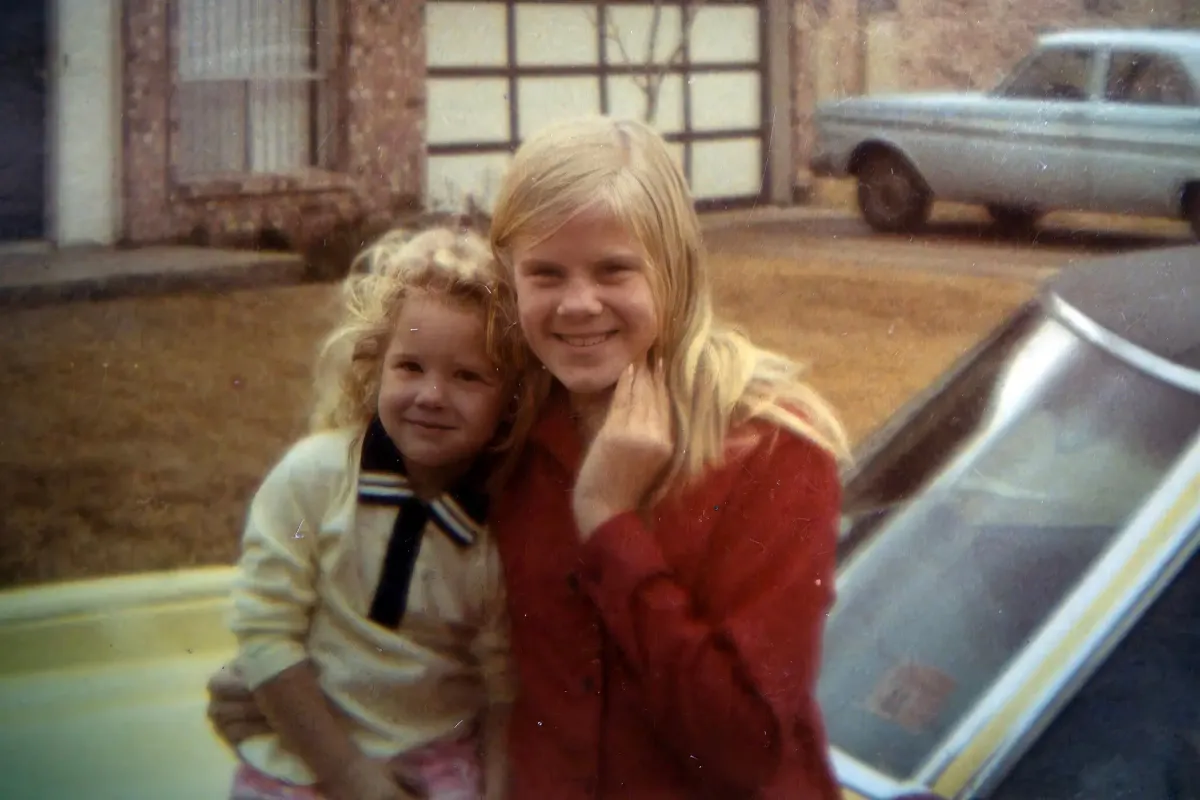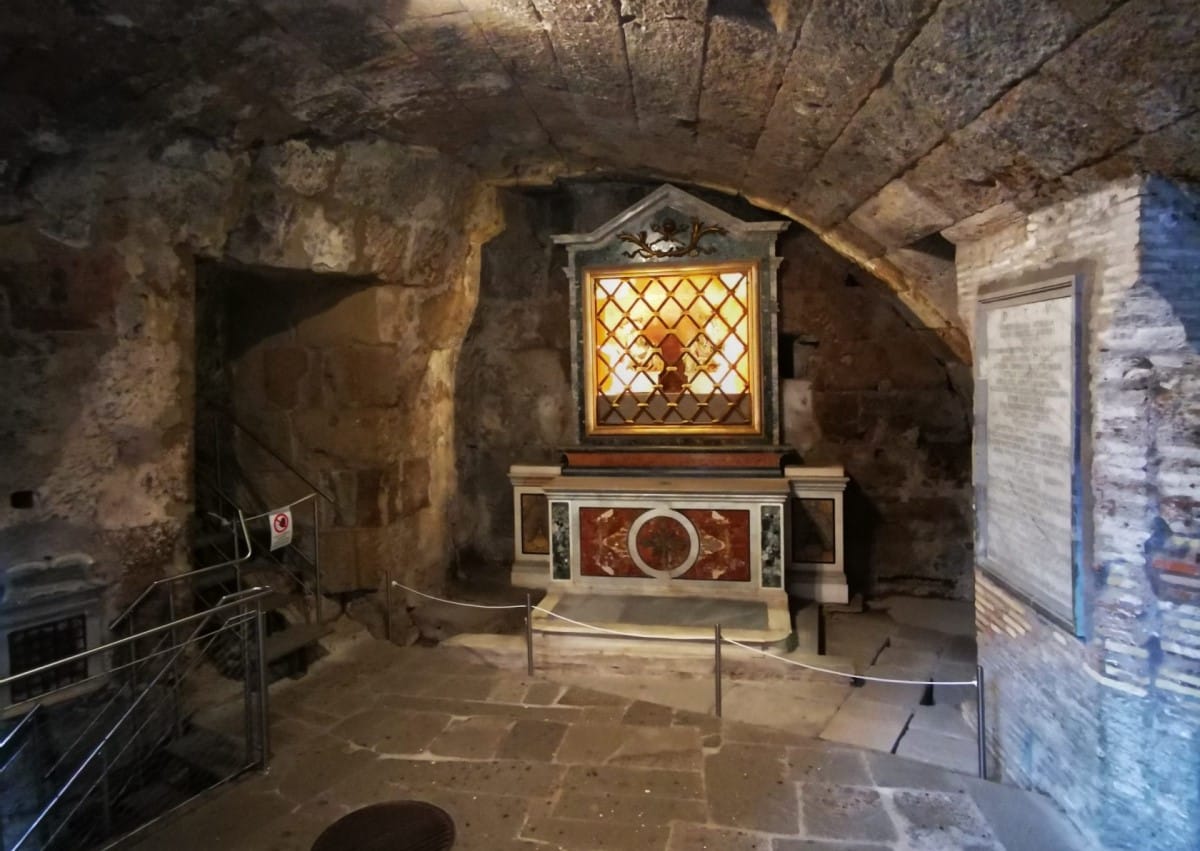They looked into her sister’s murder then turned on her

From Sarah Viren for the New York Times: "Liz Flatt drove to Austin mostly out of desperation. She had tried talking with the police. She had tried working with a former F.B.I. profiler who ran a nonprofit dedicated to solving unsolved murders. She had been interviewed by journalists and at least one podcaster. She had been featured on a Netflix documentary series about a man who falsely confessed to hundreds of killings. She didn’t know it at the time, but Flatt was at a crossroads in what she had taken to calling her journey, a path embarked on after a prayer-born decision five years earlier to try and find who killed her sister, Deborah Sue Williamson, or Debbie, in 1975."
Human beings give birth because we were infected by an ancient virus

From Carrie Arnold for Nova: "The rise of the mammals may be feel like a familiar tale, but there’s a twist you likely don’t know about: If it wasn’t for a virus, it might not have happened at all. One of the few survivors of the asteroid impact 65 million years ago was a small, furry, shrew-like creature that lived in underground burrows and only ventured out at night, when predators weren’t active. The critter—already the product of some 100 million years of evolution—looked like a modern mammal, with body hair and mammary glands, except for one tiny detail: according to a recent genetic study, it didn’t have a placenta. And its kind might never have evolved one if not for a chance encounter with a retrovirus."
Climate change is killing off the Amazon River dolphin

From Jens Glusing for Der Spiegel: "When the moon hangs large and round above the Amazon, the dolphins climb out of the river and transform into handsome young men. Such is the legend that has been passed down for centuries in villages nestled in the river basin. At least 154 river dolphins died in a two-week period starting at the end of September in Lake Tefé – around 10 percent of the population. Scientists dissected the cadavers, took water samples, analyzed weather and climate conditions and interviewed fishermen and locals. Was it a virus? Were they killed by an organic poison? Ultimately, only one possible explanation remained: they were victims of climate change."
Editor's note: If you like this newsletter, I'd be honoured if you would help me by contributing whatever you can via my Patreon.
The grim history of Rome's oldest building

From Anthony Majanlahti for Hyperallergic: "In Rome, one feels a sense of ancient time upon seeing the ruins. For me, however, the most evocative ancient site is set into the base of the Capitoline Hill beneath the church of San Giuseppe dei Falegnami just outside the Forum, almost entirely unvisited. It’s a prison predating the foundation of the Republic in 509 BCE, making it the oldest building in Rome. The building was a round, low-domed cistern made from the local stone of the hill called tuff, volcanic ash that hardens when exposed to air. The fourth king of Rome in the archaic period, Ancus Marcius built a prison. The Carcer was constructed in a quarry cut into the side of the Capitoline."
In Japan, tens of thousands of people disappear every year

From Maureen Callahan for the New York Post: "Since the mid-1990s, it’s estimated that at least 100,000 Japanese men and women vanish annually. They are the architects of their own disappearances, banishing themselves over indignities large and small: divorce, debt, job loss, failing an exam. These lost souls, it turns out, live in lost cities of their own making. The city of Sanya isn’t located on any map. Technically, it doesn’t even exist. It’s a slum within Tokyo, one whose name has been erased by authorities. What work can be found here is run by the Japanese mafia — or employers looking for cheap, off-the-books labor. The evaporated live in tiny, squalid hotel rooms, often without internet or private toilets. Talking in most hotels is forbidden after 6 p.m."
You can take home dead animals from this California library

From Sarah Milligan for Atlas Obscura: "When I first arrived at the Nature-to-You Loan Library, I expected it to smell like carrion or harsh preservatives. Fortunately, it had that comforting nostalgic smell that accompanies many museums. But unlike most libraries, this one, nestled within the San Diego Natural History Museum, known locally as The Nat, leases a different kind of ware to the public. Instead of checking out books, you can leave with anything from a coyote encased in plexiglass to a Tupperware full of snake bones. While most commonly used by teachers and artists, these specimens are available to anyone for almost any reason. A company once checked out an eagle for a team party and the turkey is particularly popular around Thanksgiving."
This seafood looks a little too fresh
本日も毛蟹生き良しです👌 pic.twitter.com/psKBzKA4oL
— 荒木鮮魚店 (@VOadiSZgkzlDpxv) December 2, 2023
Acknowledgements: I find a lot of these links myself, through RSS feeds etc. But I also get some from other newsletters that I rely on as "serendipty engines," such as Rusty Foster's Today In Tabs, Clive Thompson's Linkfest, Maria Popova's website The Marginalian, The Morning News from Rosecrans Baldwin, Why Is This Interesting, Dan Lewis's Now I Know, Robert Cottrell and Caroline Crampton's The Browser, Sheehan Quirke AKA The Cultural Tutor, the Smithsonian magazine, and JSTOR Daily. If you come across something you think should be included here, feel free to email me.



